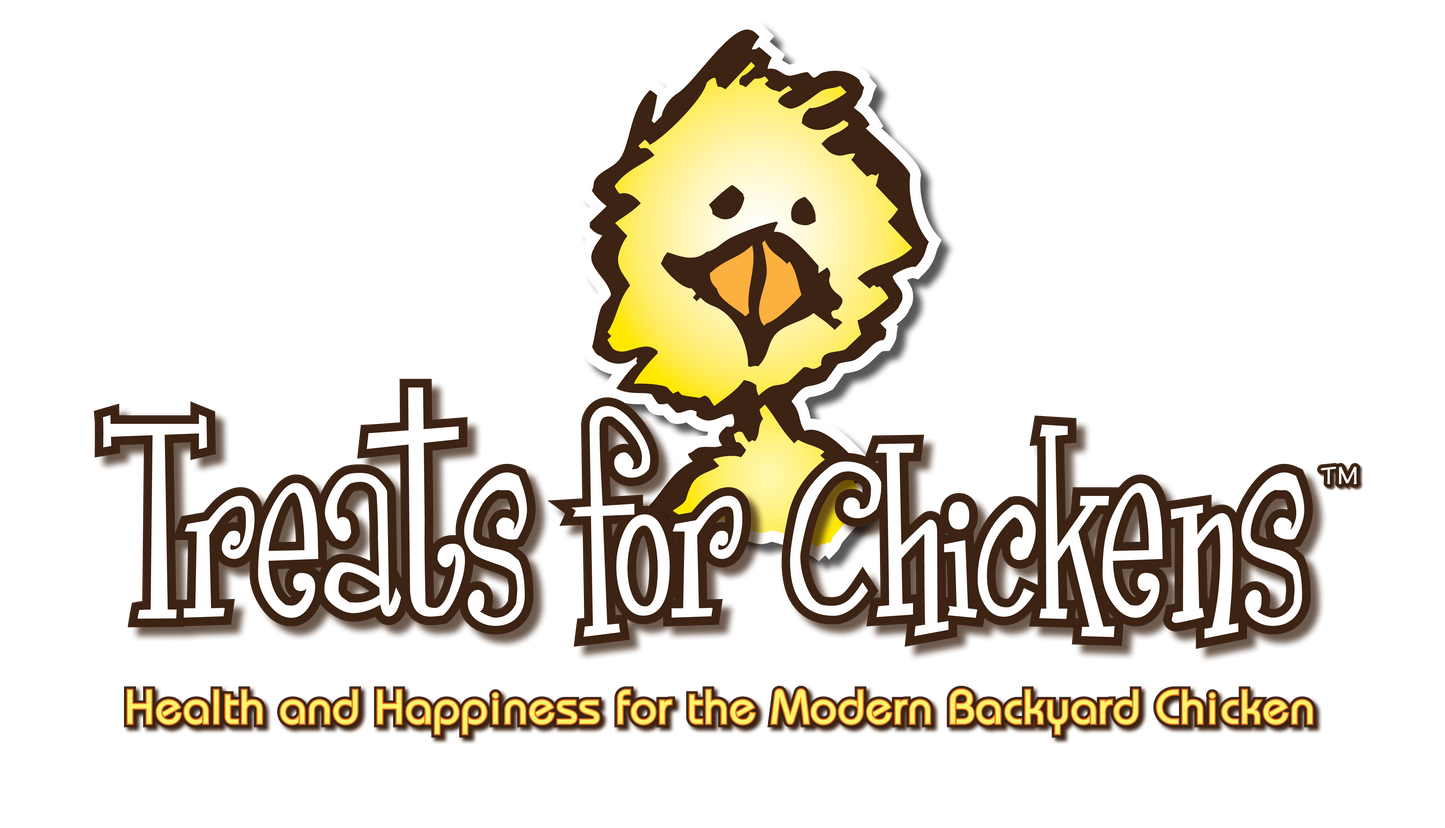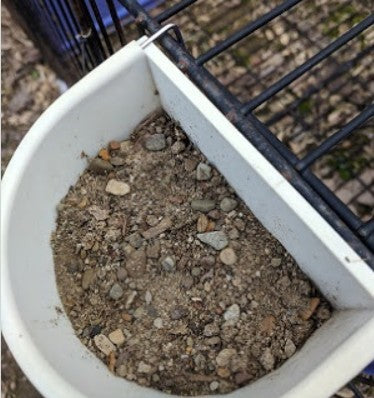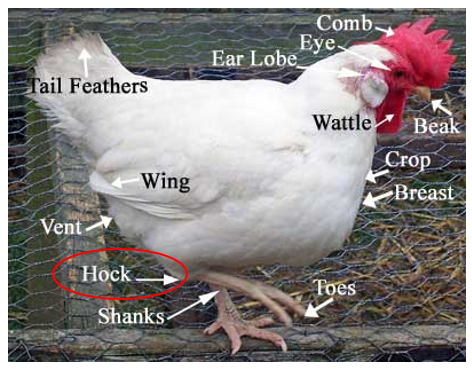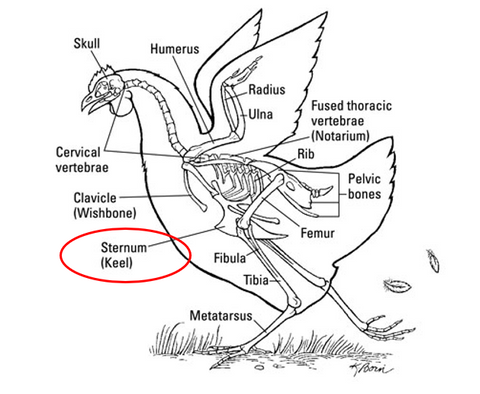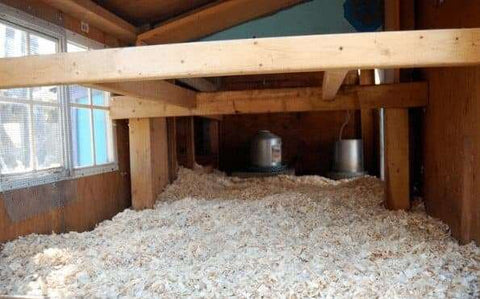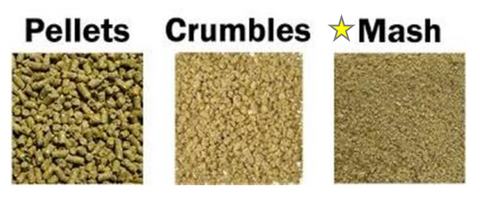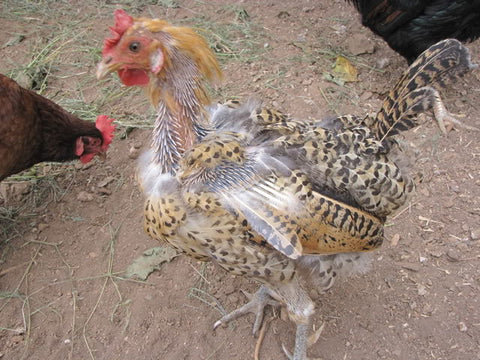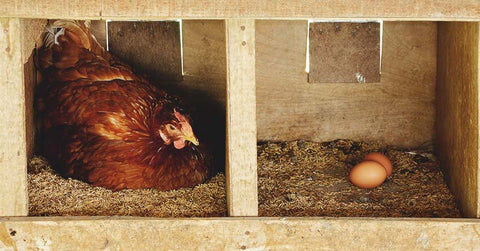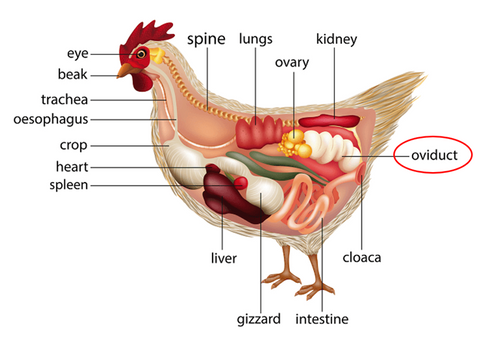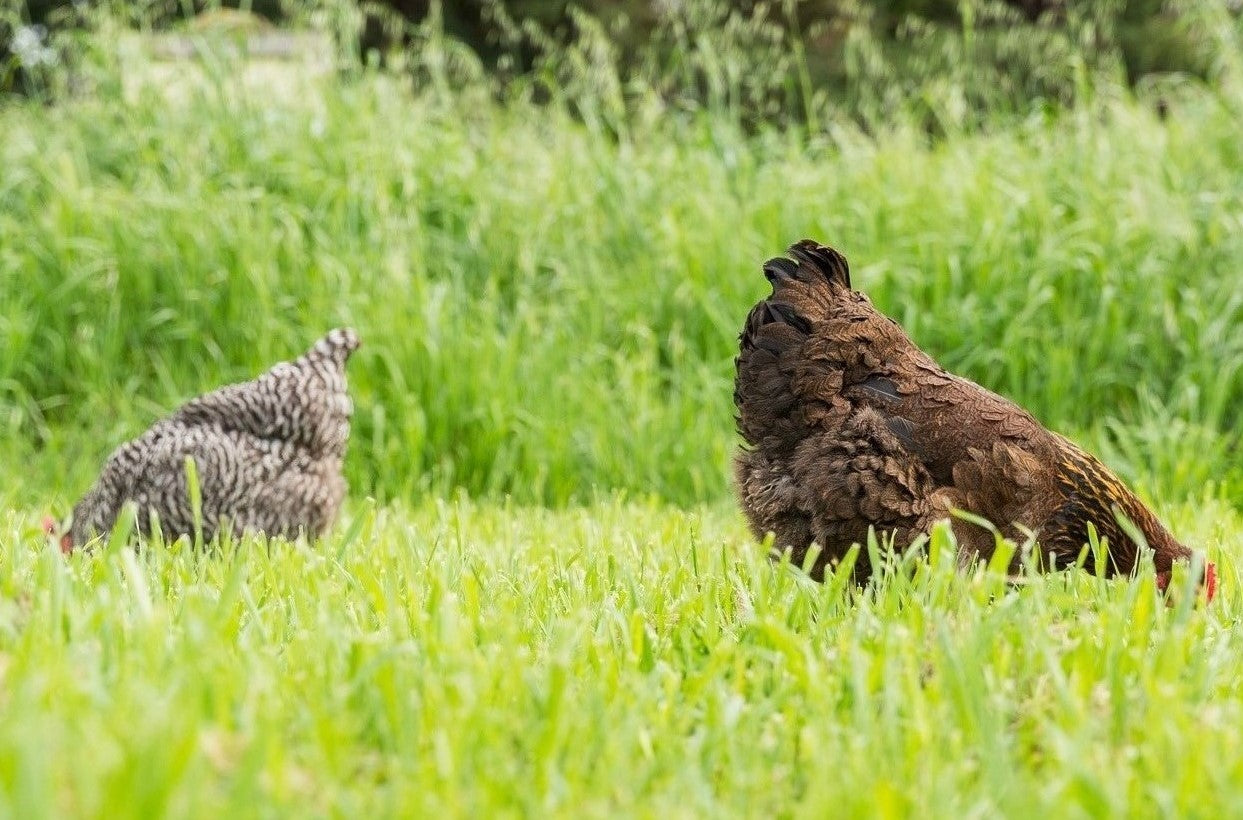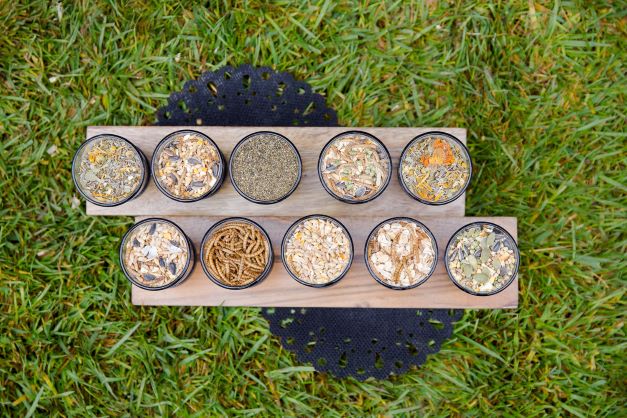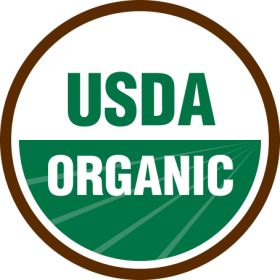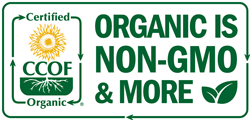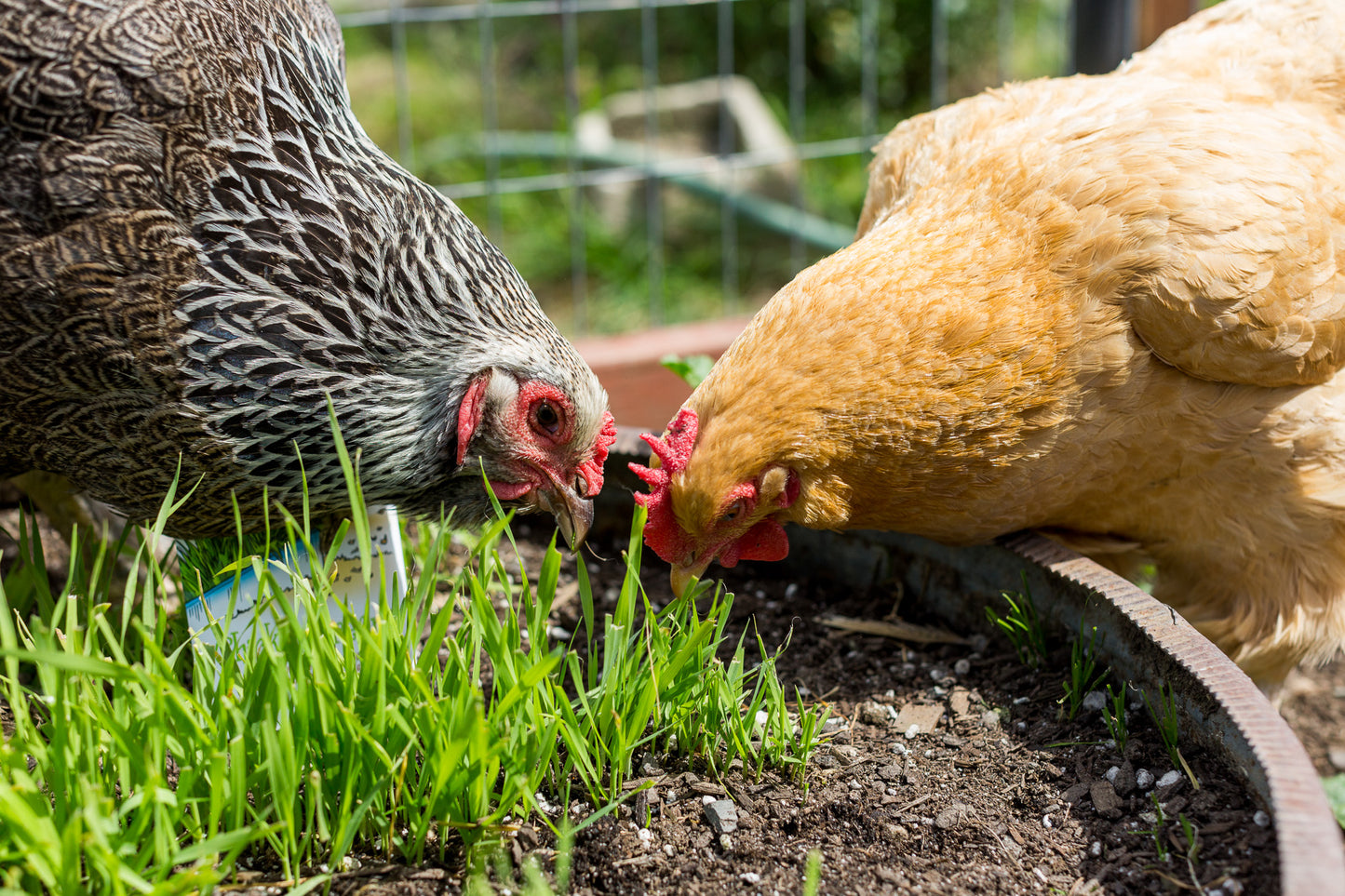
Hi Treats for Chickens' community, it's me, Dawn!
Look no further for your "Chicken Encyclopedia". Treats for Chickens has made this easy-to-view and understand list of the most commonly used chicken terms. With fun pictures to go along! Terms listed are G-O.
Gizzard: An organ in the digestive system of a chicken that grinds food with grit swallowed by the chicken.
Photo Credit: Happy Chicken Coop
Grit: Sand and pebbles eaten by chickens to help grind food in its gizzard. You see, chickens don't have teeth, and as a result need help digesting their food which is what grit does - it helps grind up food in the chicken's gizzard.
Birds allowed to free range don't need to be offered grit -- they find their own ideal sizes and types to suit themselves. And chickens in an enclosed run with dirt/sand also don't need grit as they will eat some naturally, especially if you spread some of their feed/treats on the ground.
-
Photo Credit: Murano Chicken Farm
Hen: A female chicken that is a year or more old. Not a baby and not a teenager.
Photo Credit: Happy Chicken Coop
Hock: The joint in the chicken's leg between the thigh and the shank.
Photo Credit: Livestocking
Keel: The breast bone of the chicken.
Photo Credit: Dummies.com
Litter: Biodegradable material such as pine shavings used on the floor and in nesting boxes to absorb moisture and keep housing clean. Straw and rice hulls can also be efficient.
Photo Credit: The Frugal Chicken
Mash: Finely ground chicken feed - often used with baby chicks because it's easier for them to eat and digest.
Mite: A type of external crawling parasite that feeds on the blood of your chickens. Can you say "tiny vampire"?! They are very tiny, smaller than a flea so they are hard to see.
But the symptoms of mites include anemia, scabs on their legs, and feather picking. And since mites feed at night, one or more of chickens may even act like they don't want to go into their coop at night.
Do you now feel all itchy just thinking about it? Yeah, me too. Prevention is the best medicine, so click here for our all natural way to prevent these little boogers with a handy dispenser: Diatomaceous Earth.
Photo Credit: EntnemDept
Molt: The annual normal dropping out and regrowing of a chicken's feathers. Your birds may look rather unsightly during this time, and the chicken run & coop can resemble the aftermath of a big pillow fight!
Lasts approximately 6-8 weeks. Don't worry, we sell Molt Mender, which should have your chickens looking fine and feathered again. It's our original recipe and bundle, but now in a pre-mixed bag just for you! Just mix, mash, and feed! (Remember, feed only when your chickens are molting. It contains more protein than necessary when they are fully feathered.)
Photo Credit: Backyard Chickens
Nesting Box The private area where chickens lay their eggs. One thing to remember, no matter how many nesting boxes you have, even if you have enough for one per hen, they will inevitably pick a "favorite" box that they fight over. It's just one of those quirky chicken things that you can't prevent or fix. Don't be surprised if you see two hens in the same box, lol.
Tip - mites and lice like to live in nesting boxes, so you can use Nesting Box Blend to keep your chickens calm and free of these ickies in the nesting box.
Photo Credit: Morning Chores
Oviduct The tube through which an egg travels over the course of its formation until it is laid, at which time your chicken will sing her mighty "egg song" letting anyone who will listen know that she is "woman hear me roar".
Photo Credit: Happy Chicken Coop
Chicken terms, Part III is coming up.
- Dawn, Treats for Chickens 🧡


Let's keep your flock happy + healthy!
Got something to cluck about? Have other suggestions? Questions?
Help fellow chicken parents and leave a comment below!
